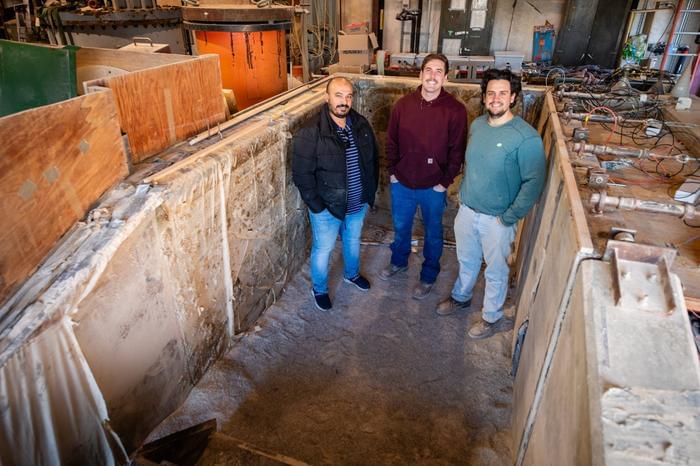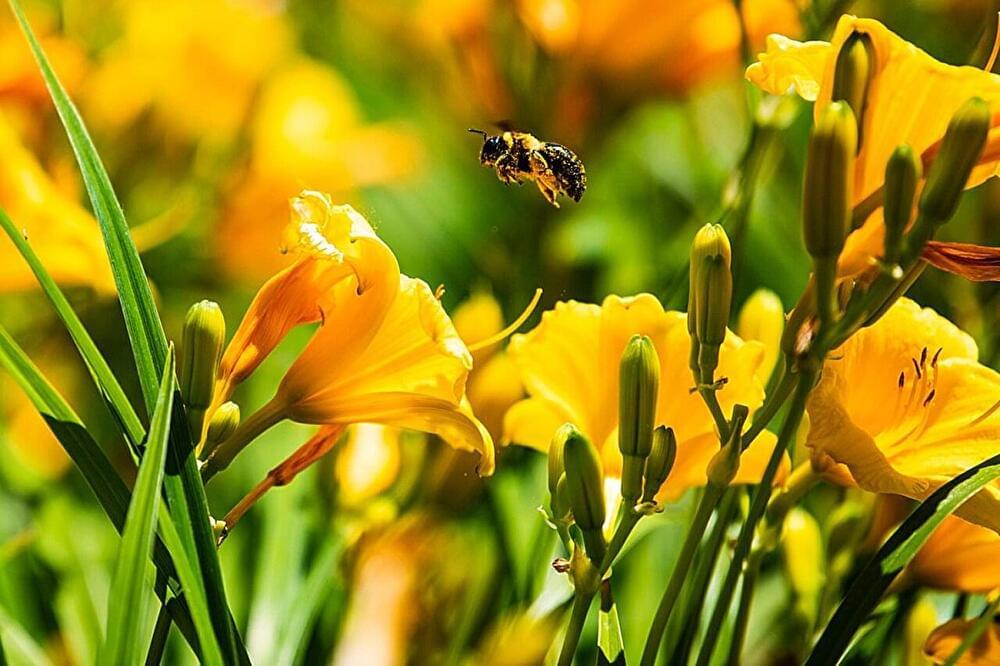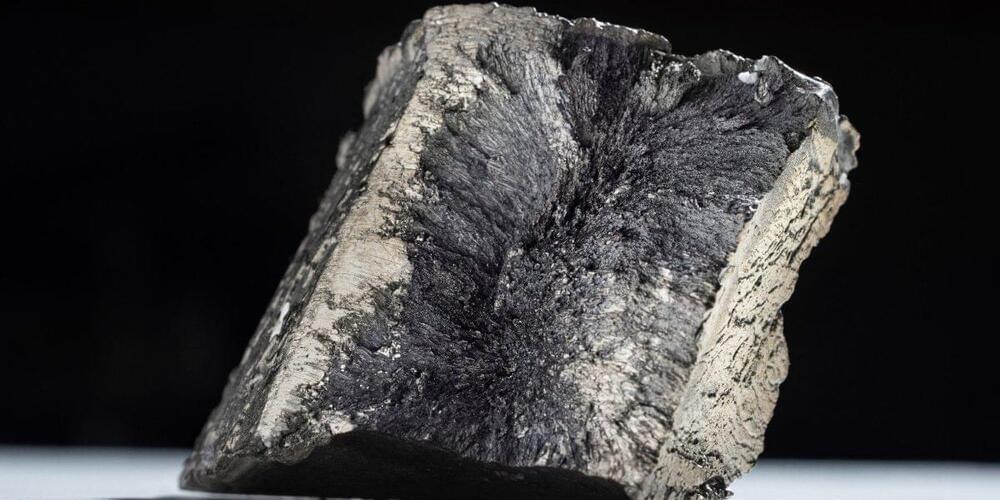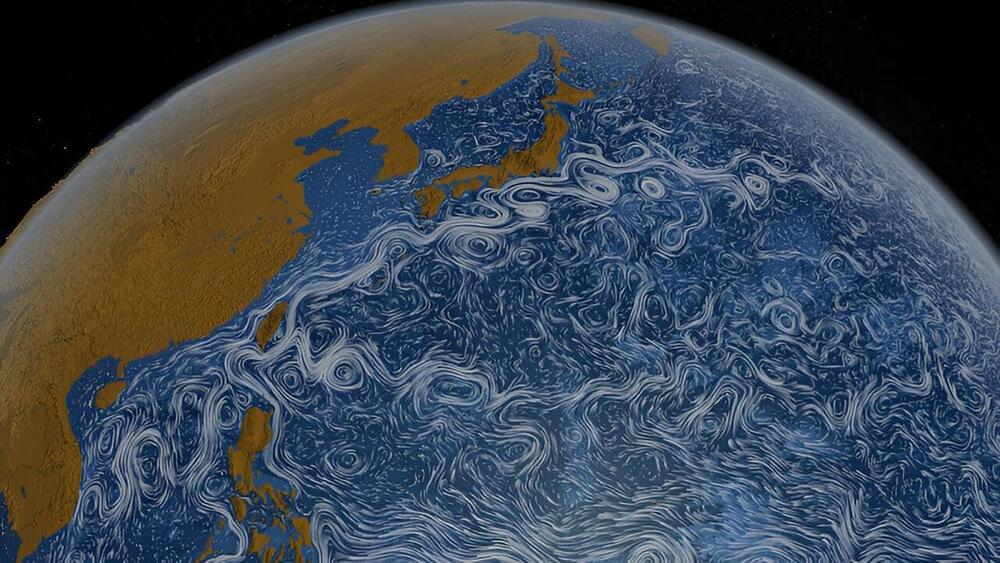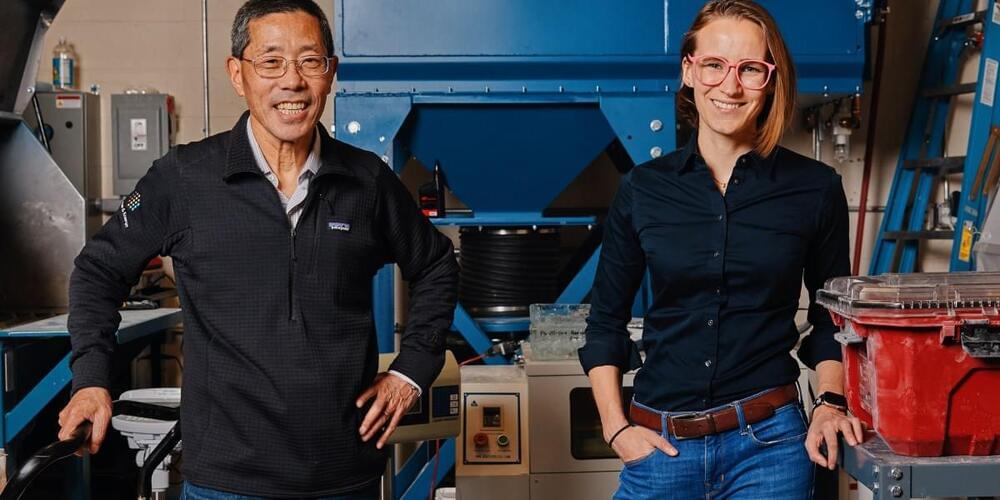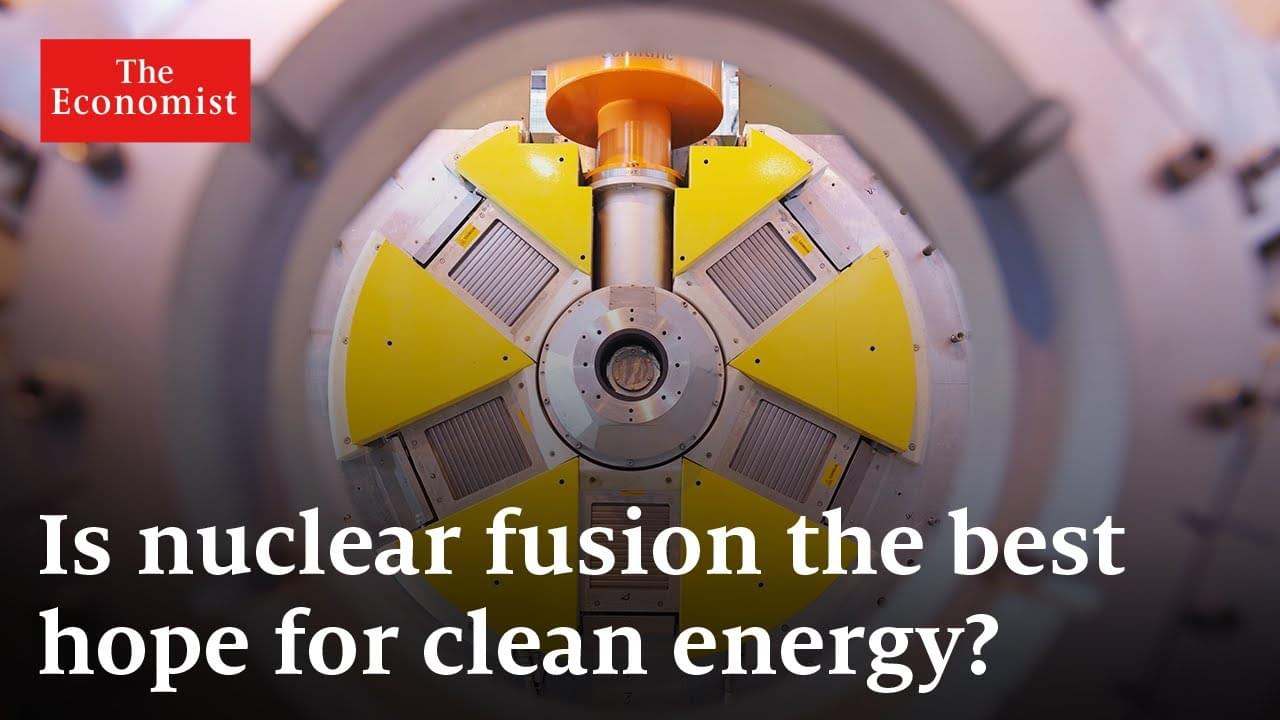Jan 9, 2024
Muon Space tapped by Air Force for cloud characterization from space
Posted by Saúl Morales Rodriguéz in categories: business, climatology, satellites
WASHINGTON — The startup Muon Space announced Jan. 9 it will explore the use of climate-monitoring satellites to capture cloud characterization data for the U.S. Air Force.
The Mountain View, California-based company, founded in 2021, is developing small satellites to monitor Earth’s climate and ecosystems.
Under a Small Business Innovation Research Phase 1 contract from the U.S. Air Force, Muon Space “will perform a feasibility study to determine the benefit of modifying its multispectral electro-optical infrared (EO/IR) instrument to support the Department of Defense’s cloud characterization observation capability,” the company said.

